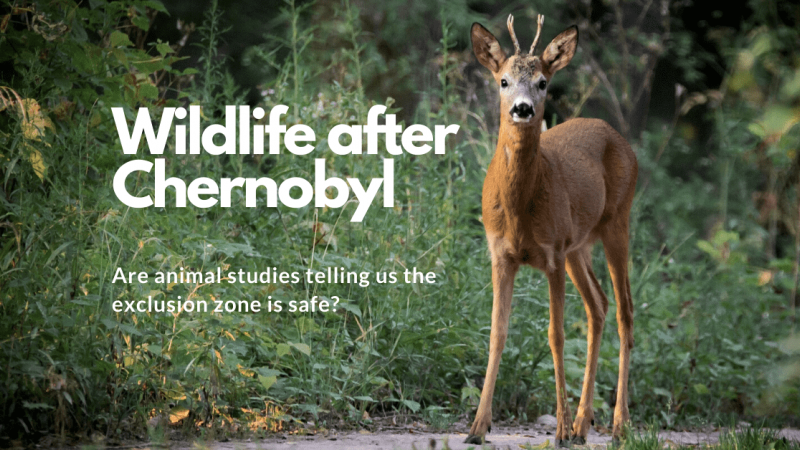Richard Scrase writes in a personal capacity
When I come back from the pub why don’t I see hedgehogs anymore? It’s true that I go to the pub less than when I was a youth, but even so, the hedgehogs that used to provide me with an entertaining break as I walked home have gone.
I first walked home from the pub in the late 1970’s. I lived in Salisbury, a small country town, and my route home took me through water-meadows and suburbs. This was almost prime hedgehog habitat for what is after all a woodland-edge specialist.
Now my route takes me through inner-city suburbs and parks adjacent to an area of wildlife-reserve in Oxford, an area that superficially at least is suited to hedgehogs. So what has happened? I talked to ecologist and hedgehog expert Hugh Warwick.*
The primary problem he explains has been habitat fragmentation. A good quality area (for hedgehogs) of around 100 ha will support a population of around thirty hedgehogs. The park I walk through is about 20 ha so any hedgehog population in the park would depend on food from surrounding gardens as well.
Gardens can be havens for hedgehogs, but they can also be deserts, with paved over front-gardens and over-neat trimmed to the fence back-gardens. And fences can also act as barriers, cutting up potential hedgehog habitat into unreachable oases.
A park population of 30 is also liable to go extinct unless it can be topped up by migrants from adjacent patches. The UK meta-population of hedgehogs consists of local populations distributed among discrete patches. This population has plunged over the course of my post-pub perambulations.
While the UK human population has increased from 56 million (1980) to 63.5 million (2015), the UK hedgehog population has dropped from approximately 20 million (1980) to around 1 million (2015).
Suitable patches of habitat have disappeared and the uncross-able (for a hedgehog) territory between the remaining patches has increased.
There is a small population of hedgehogs in Regents Park in central London but in St James’s, Hyde and Green Park, along with Kensington Gardens – none are known to survive although in the 1970s hedgehogs were known to live in all five of these parks. The remnant population in Regents Park is now being surveyed to reveal their nesting places and preferred spots.
So what is to be done to reverse this UK wide decline?
Hugh suggests (tongue in cheek) dismantling industrial capitalism from which we get industrial agriculture (it takes 35 sq km of average UK farmed countryside to support 30 hedgehogs), and all the cars we park on what used to be hedgehog habitat.
At a domestic level, if you have a garden you can manage it for wildlife, and make sure there are connecting holes into your neighbours’ patches. If you belong to a golf or sports club you can petition them to manage their space with wildlife in mind: leave longer grass, allow thicker hedges, avoid insecticides. And you can join your wildlife trust.
At a scientific level, the studies mentioned in this article in the Ecologist and other recent research into habitat suitability can show us how to fine tune our landscape in favour of the hedgehog.
But without our society making space for hedgehogs and all the invertebrates (and indirectly the plants) they are dependent on for food, the chance of meeting these animals during an evening stroll will become increasingly rare.
More facts here: http://www.mammal.org.uk/hedgehog
*Hugh Warwick has recently written Hedgehog (Reaktion, £9.99)
Last edited: 6 April 2022 07:52




